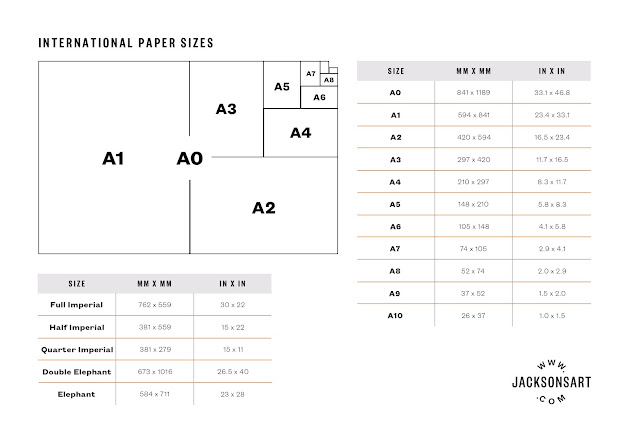Spirituality & Art
Spirituality & Art
A priceless living bridge between mind and spirit
The primary reason that artists produce and that the rest of us appreciate their work is that it serves as a priceless living link between the normal psychology of our minds and the shared human spirit.
Emphasizing the prudence of avoiding materialist contamination of genuine art and drawing a clear line between art and merchandise are both crucial. I refer to "true art" as works of art that exhibit spiritually-based virtues and principles like beauty, creativity, honesty, generosity, discernment, tolerance, and persistence. Placing art in the marketplace has the potential to produce spiritually depleted ephemera, the creation of which is dictated by worldly values like profit, success, power, status, and renown.
Thomas Merton, a famous poet, calligrapher, and photographer who was also a 20th-century monk and spiritual writer, penned the following to Boris Pasternak in an October 1958 letter:
I do not insist on this division between spirituality and art, for I think that even things that are not patently spiritual if they come from the heart of a spiritual person are spiritual.
The truth is that art emanates from the heart and converses with the heart; however, to receive the artist's generous present, the witness must also possess a certain level of emotional and spiritual sensitivity.
I remember, some years ago, standing transfixed before a self-portrait of an older Rembrandt in an exhibition in London. It was hot and crowded in that dark, airless space. I was aware of people coming and going beside me, but I stood there in a kind of timeless personal bubble, filled with fascination and wonder. I also recall a similar experience when, as a teenager on a family holiday in Spain, I heard on the radio for the first time Rodrigo’s magnificent "Concerto de Aranjuez." I was entranced, delighted, and awestruck for the entire duration of the piece, and did not want it to end. These were not simply aesthetic experiences—moments of pleasure. They were, I would say, spiritual experiences, because they were in some small way transformative. I was not entirely the same person afterwards. I was somehow better connected, through the art and the artist, to the entirety of humanity and the cosmic whole. And the proof is that the most vivid memory of these and other similar experiences has stayed with me ever since.
In my book The Psychology of Spirituality, there is a chapter on "Spiritual Practices" that people might engage in regularly, according to preference, to further their journey on the path of spiritual growth and development towards maturity. Meditation and prayer feature, and so too does appreciation of the arts and engaging in creative activities. Also listed are contemplative reading of literature, poetry, etc., and listening to, singing, and playing sacred music. All art forms contribute to our spiritual wealth and development.
Sacred does not have to mean religious, although it might; but I would include, for example, any music capable of releasing something profoundly emotional—some sadness, perhaps, or great joy—that has been imprisoned hitherto by excessive attention to worldly concerns and the busy pursuit of secular activities. Rhythmical and repetitive dance (like that of the Sufi dervishes) and chanting (whether Gregorian or the kirtan and bhajans, for example, of the sacred Hindu and Jain traditions), by powerfully harmonizing the left and right halves of the brain—similar to the effect of meditation—form another powerful bridge between a particular form of art and spiritual experience. Furthermore, people coming together to engage in such practices, as when playing in an orchestra or singing in a choir, may well experience enhancement—through sharing it—of the potential for spiritual gain.


.jpeg)
Comments
Post a Comment